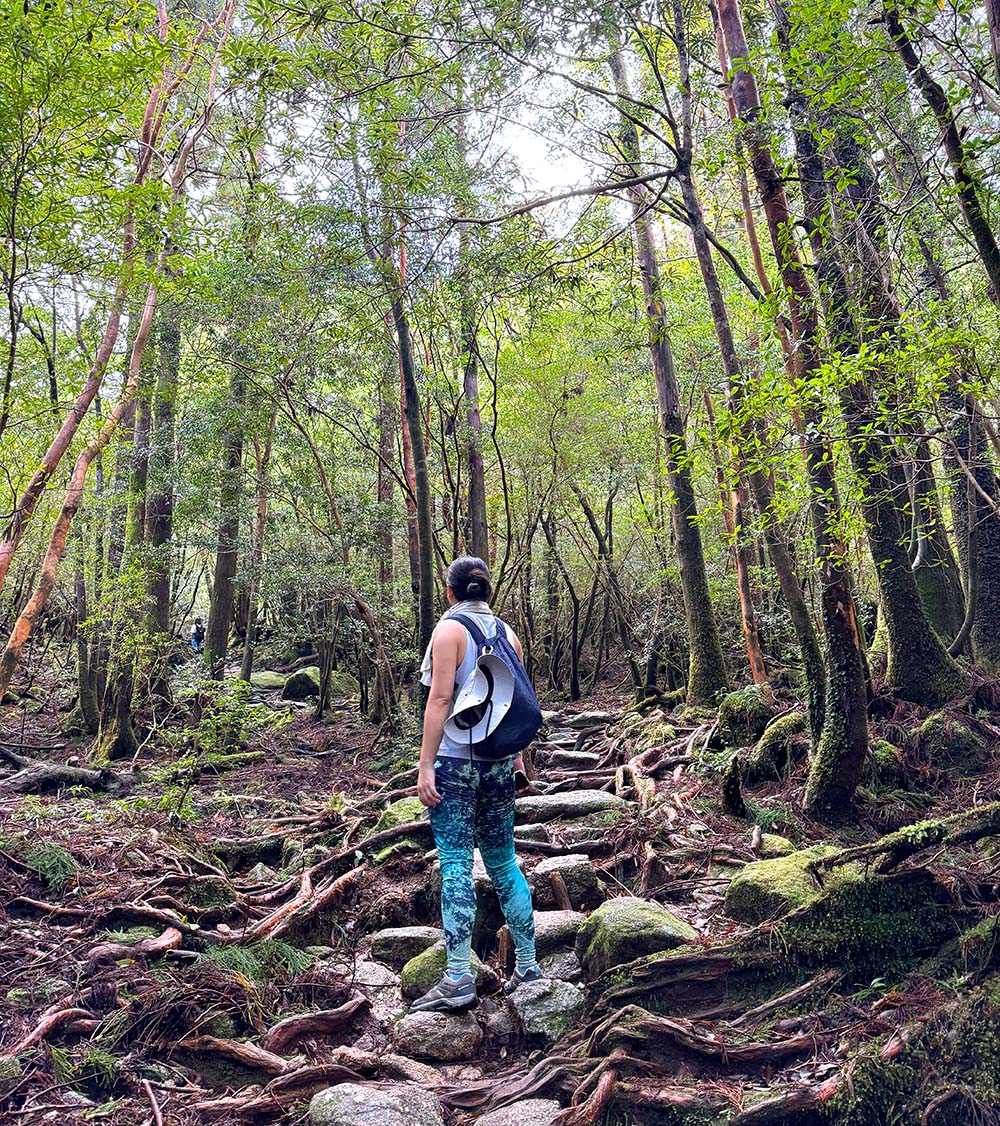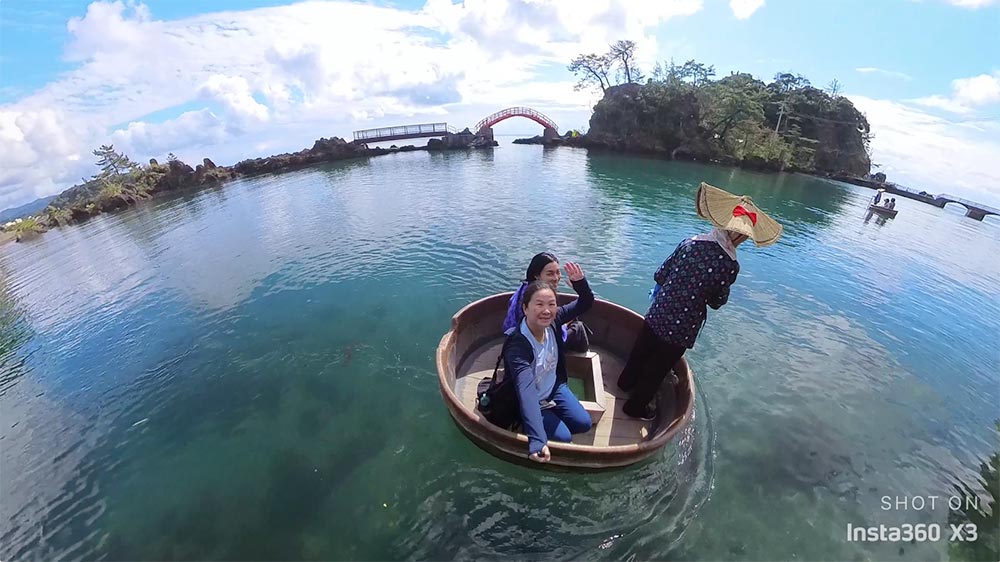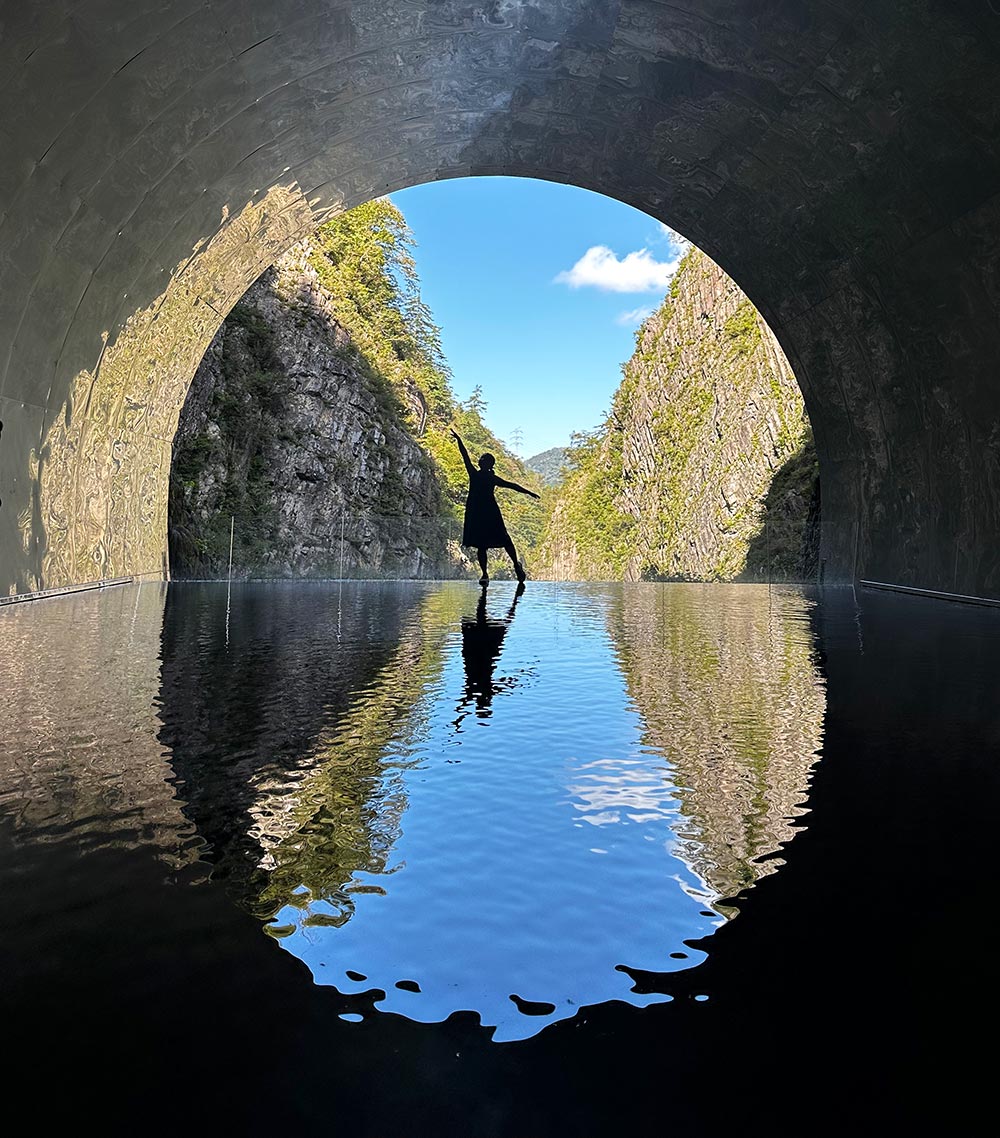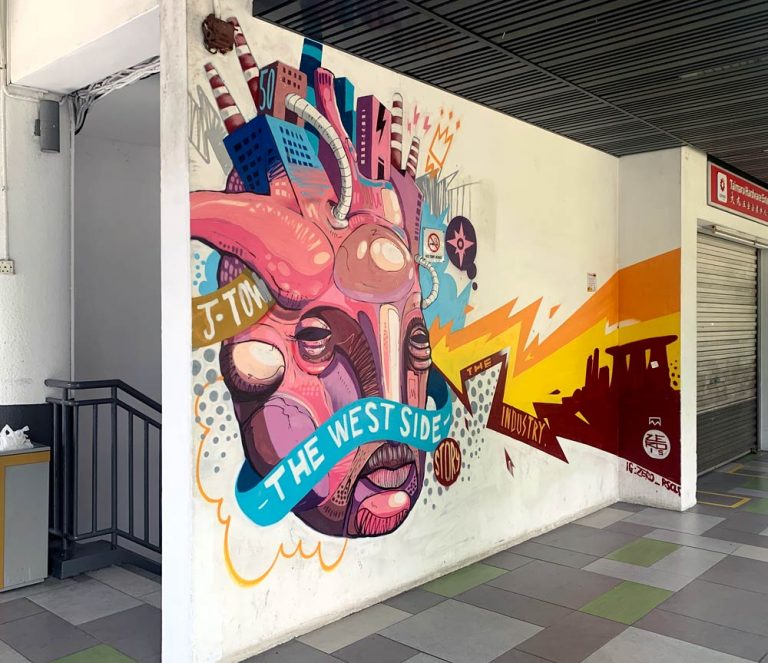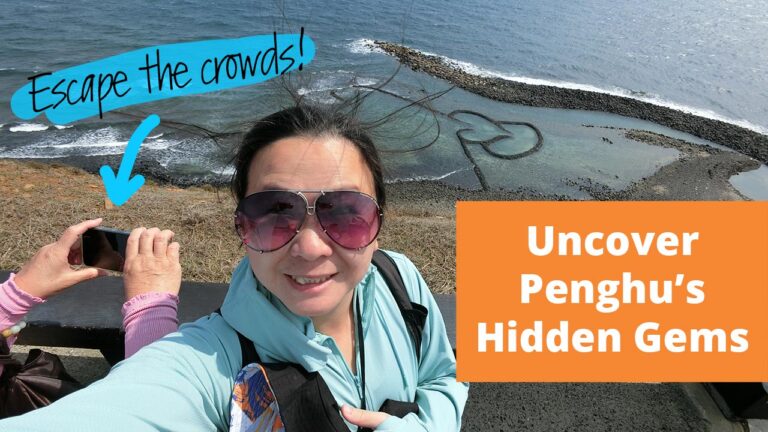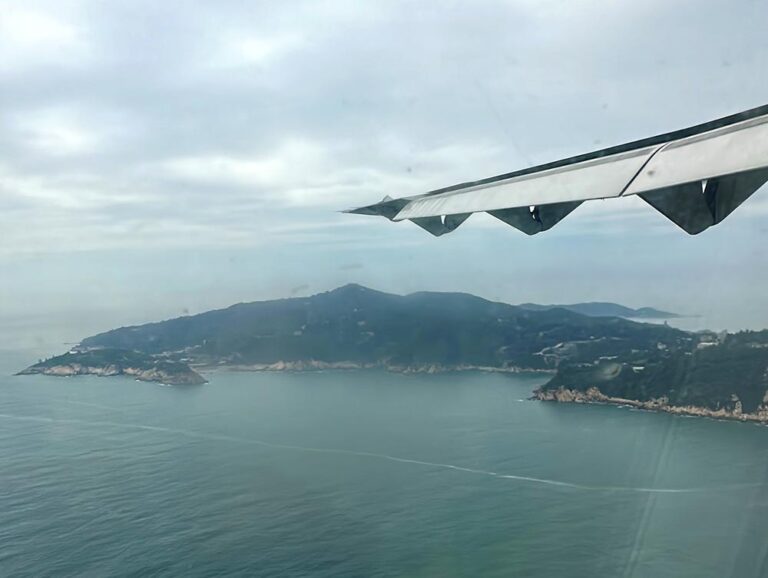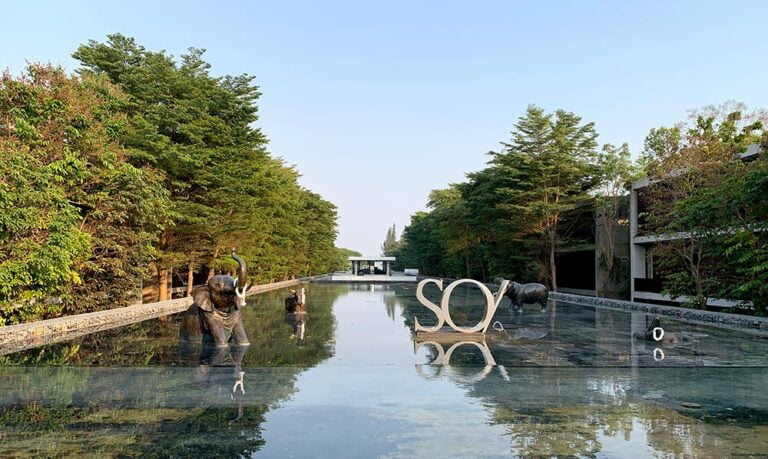James Turrell House of Light 光の館 – Sleeping in an artwork at Echigo Tsumari Art Triennale
On this Niigata road trip, I had a few days to spend checking out the Echigo Tsumari Art Triennale. Besides visiting various art installations spread across the rural mountains and farmland of this region, some of the artwork has been integrated into accommodation and I managed to book an overnight stay at the coveted James Turrell House of Light artwork. Read on to see my review of this experience and what you can expect.
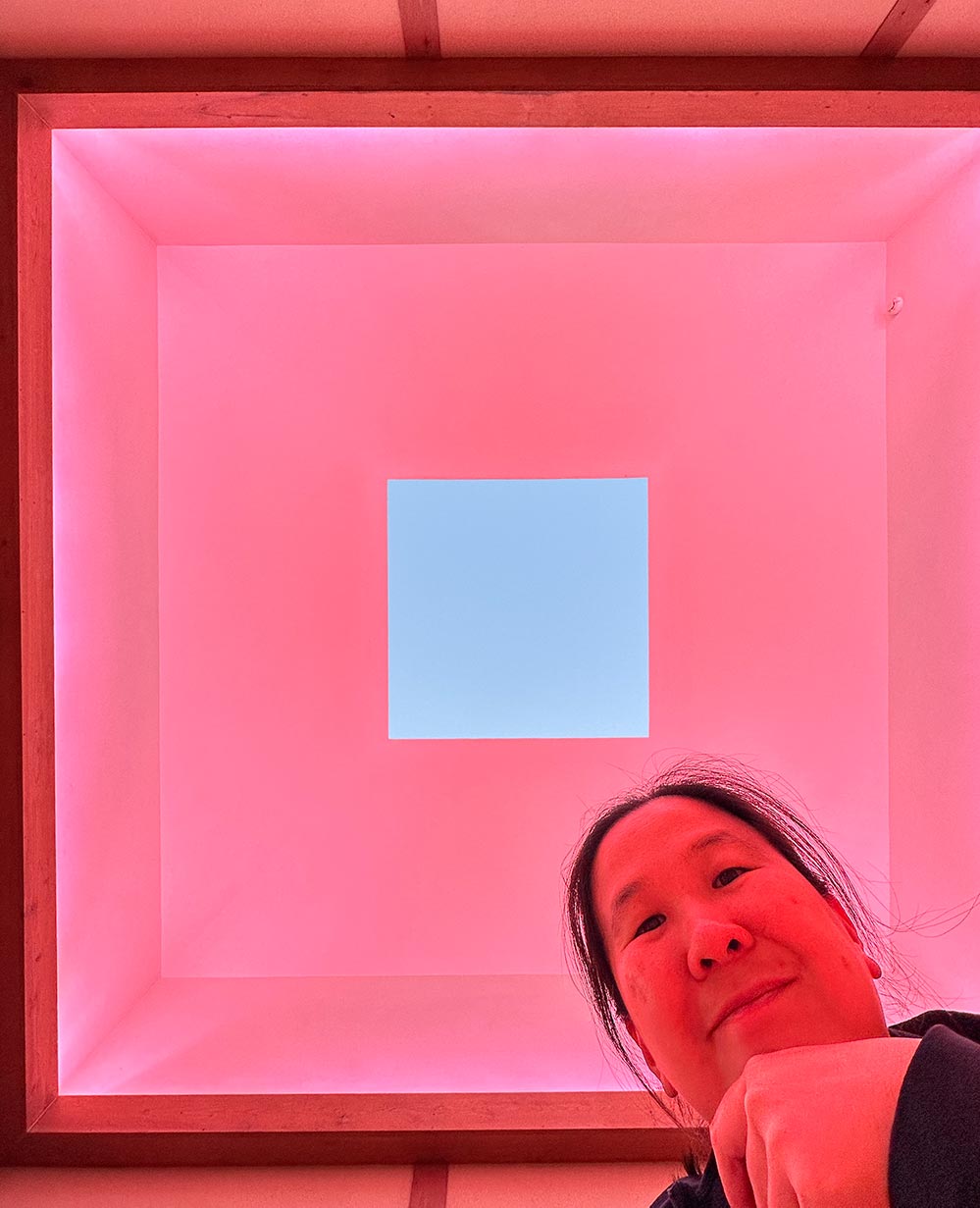
I don’t think of myself as a particularly artsy person, but over the years I have developed my own way of appreciating art, and Japan art festivals have been some of my favourite to attend, like the Setouchi Triennale across several islands in Japan’s inland sea area.
Check out my detailed post on how you can experience Niigata’s Echigo Tsumari Art Triennale (ETAT) even outside of the 3-year festival period based on my experiences, but I really wanted to highlight this particular work because it was something quite unique.
What is House of Light?
House of Light, also known as Hikari no Yakata or 光の館, is an artwork by American light artist James Turrell. It was created for the 2000 Echigo Tsumari Art Triennale that took place in Tokamachi, Japan and the house has since become a permanent work that can be accessed most of the year.
Like most of the Echigo Tsumari Art Triennale artworks, House of Light can be visited in the morning/afternoon as a quick stopover, but the intended way to truly experience the artwork is at sunset and sunrise, so you need to stay overnight if possible.
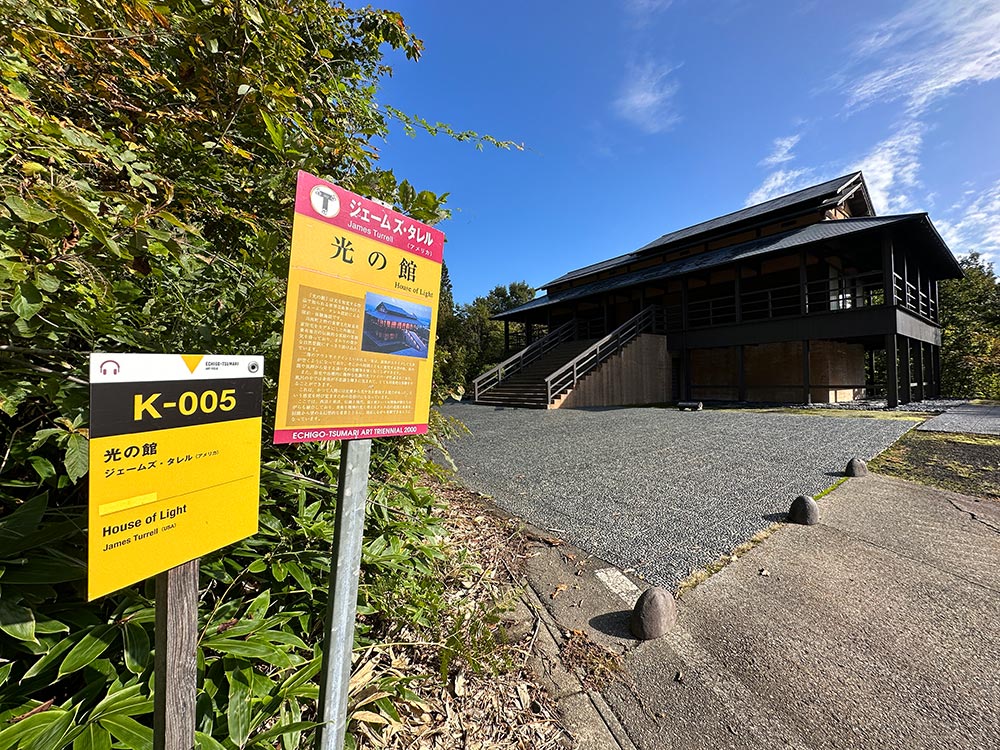
I have seen James Turrell works before, notably on the island of Naoshima as part of the Benesse Art Site artworks and Setouchi Triennale. Turrell’s light work ‘Backside of the Moon’ is installed in Minamidera (southern temple), a building designed by the renowned Tadao Ando. Turrell also has 3 works in the contemporary Chichu Art Museum.
Unfortunately I don’t have pictures of those works because the Naoshima museums are pretty strict about no photography, which is another reason why I was pretty stoked about being able to get pix and videos for House of Light. That said, light is one of those elements that doesn’t translate well into imagery or description, you truly have to see it to get the full quality and effect.
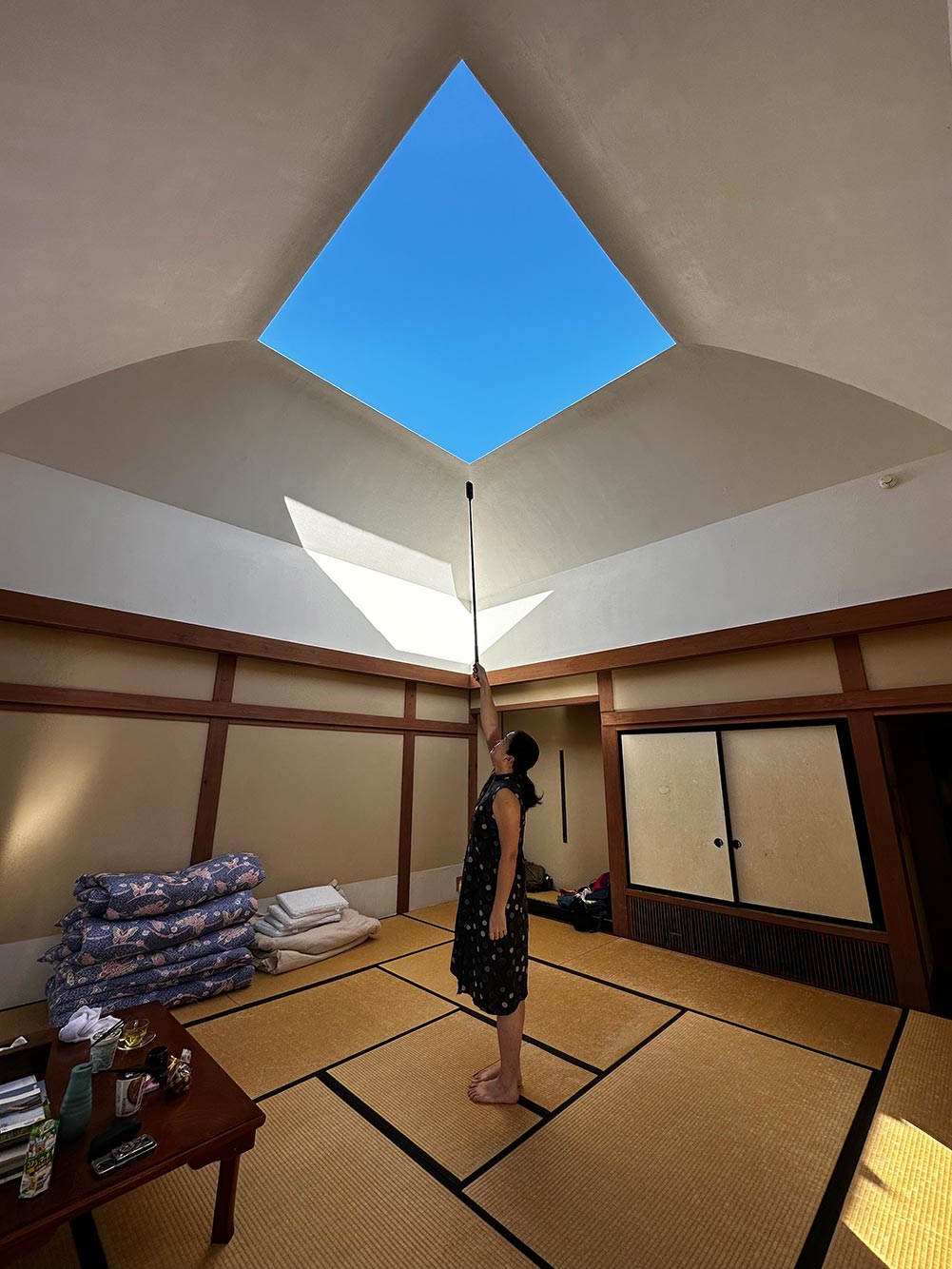
Where is the House of Light located?
The ETAT works are scattered across what is called the Echigo Tsumari Art Field, spread across 6 different zones in Niigata’s Tokamachi district. House of Light is located in Kawanishi on top of a 50m tall hill. There are some other ETAT works at Nakago Green Park on the hillside leading up to the house, but not much else nearby.
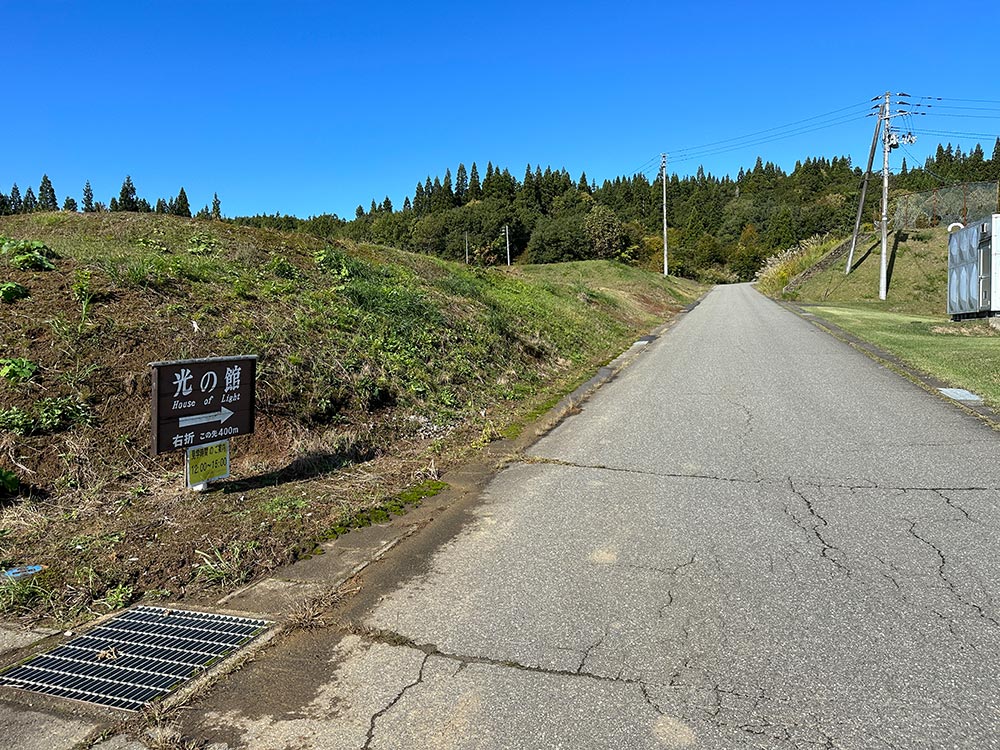
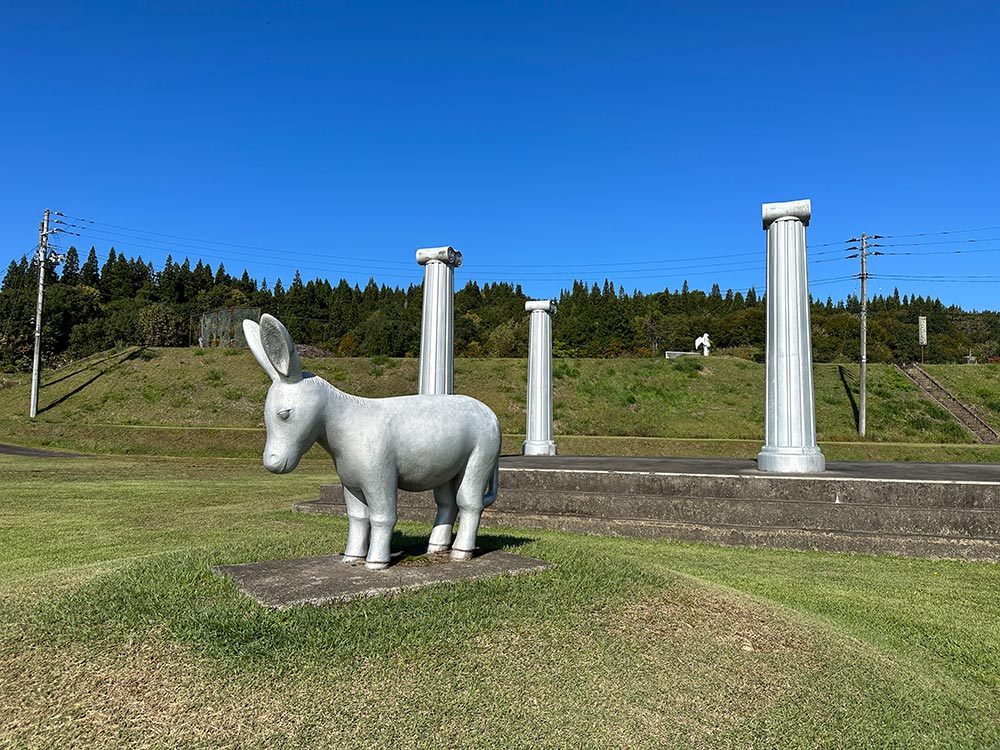
You are warned beforehand that there are no food facilities within walking distance of the house, so either be prepared to drive out in the dark or bring your own food to the house. We packed dinner on the way to the house from Niigata ferry port (we’d just gotten off the boat from Sado island), and the house comes equipped with some sake and beer in the fridge that you can purchase separately.

How to get to House of Light
The House of Light is pretty remote, so I definitely recommend renting a car and driving to get there, and there’s plenty of parking on site. Because it’s located on a hilltop, I wouldn’t recommend walking or cycling either.
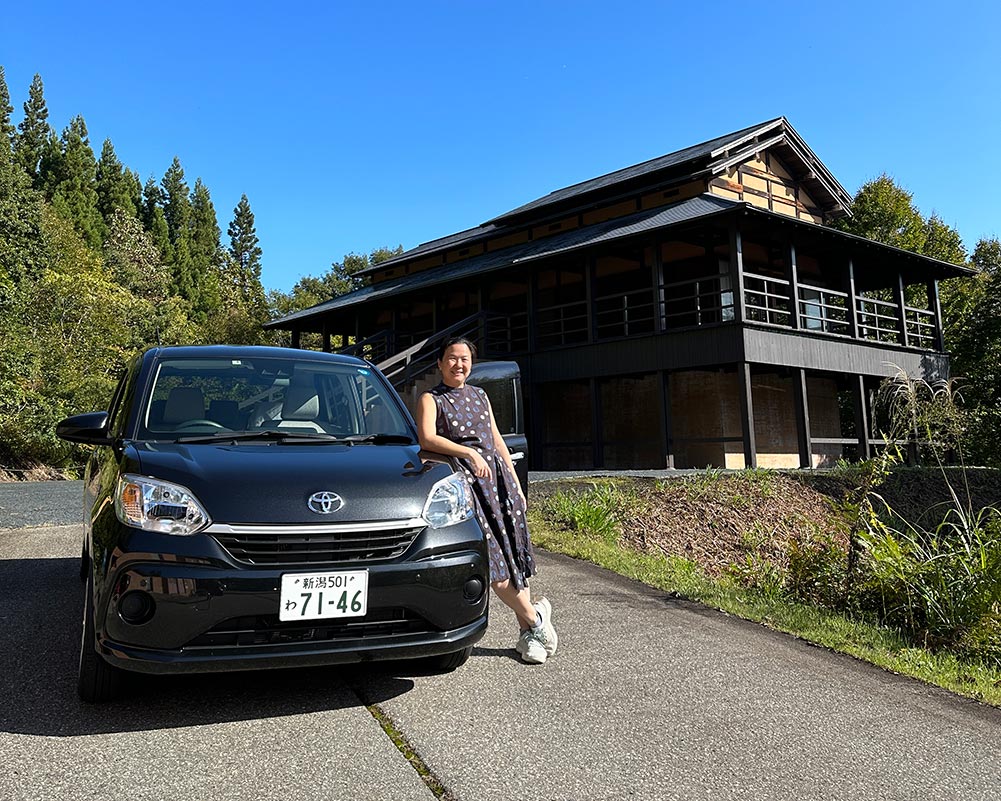
If you don’t plan to drive, the staff rec is that you take the train to Tokamachi Station which is one of the busier towns in the area, and then take a 15 minute taxi ride from there.
The house
The House itself is an impressive sight, a wooden house based on traditional houses around Niigata. The main rooms are on the upper level raised 2.7m above the ground because of the high snowfall that Niigata experiences in winter. There are 2 tatami rooms on either side of the house, along with a kitchen area. A balcony runs along the outside of the house, accessible through both sliding screen and glass doors.
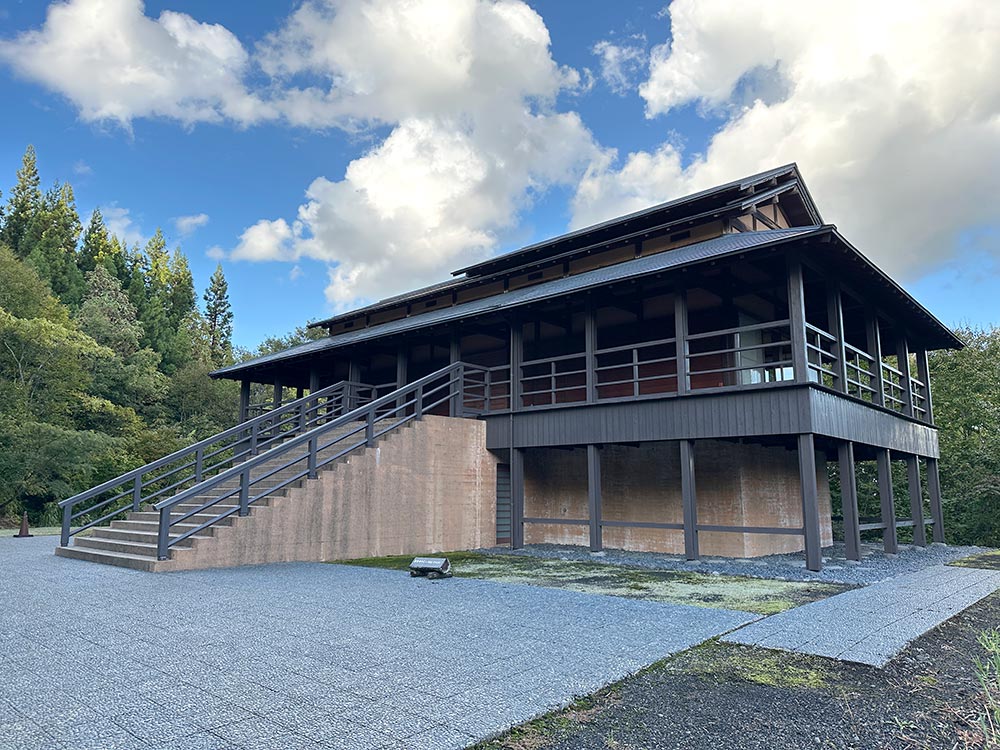
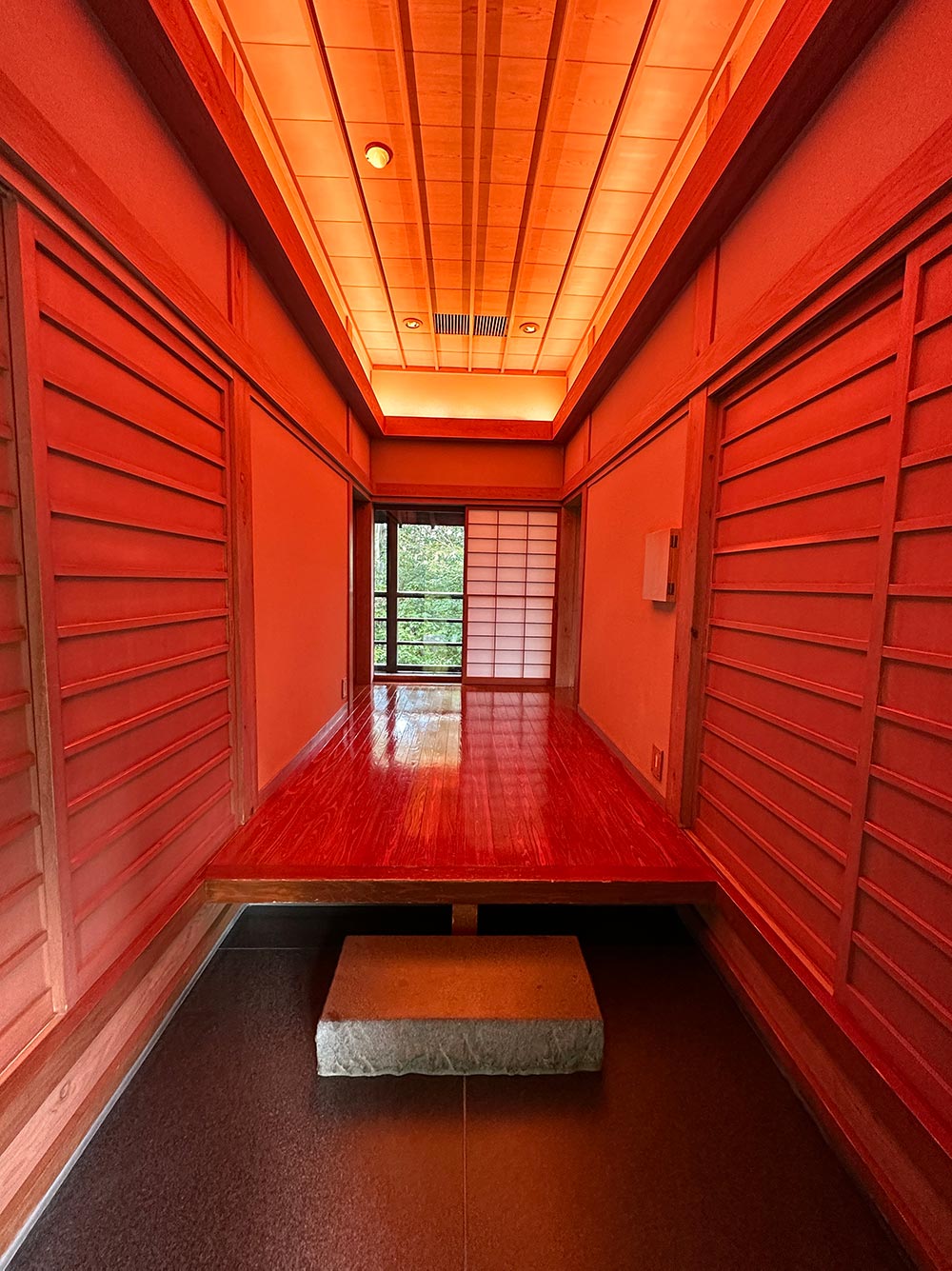
A small staircase leads to the lower level on the ground where there is another another small tatami room, the toilet and a lovely onsen bath where you can soak and shower on the side.
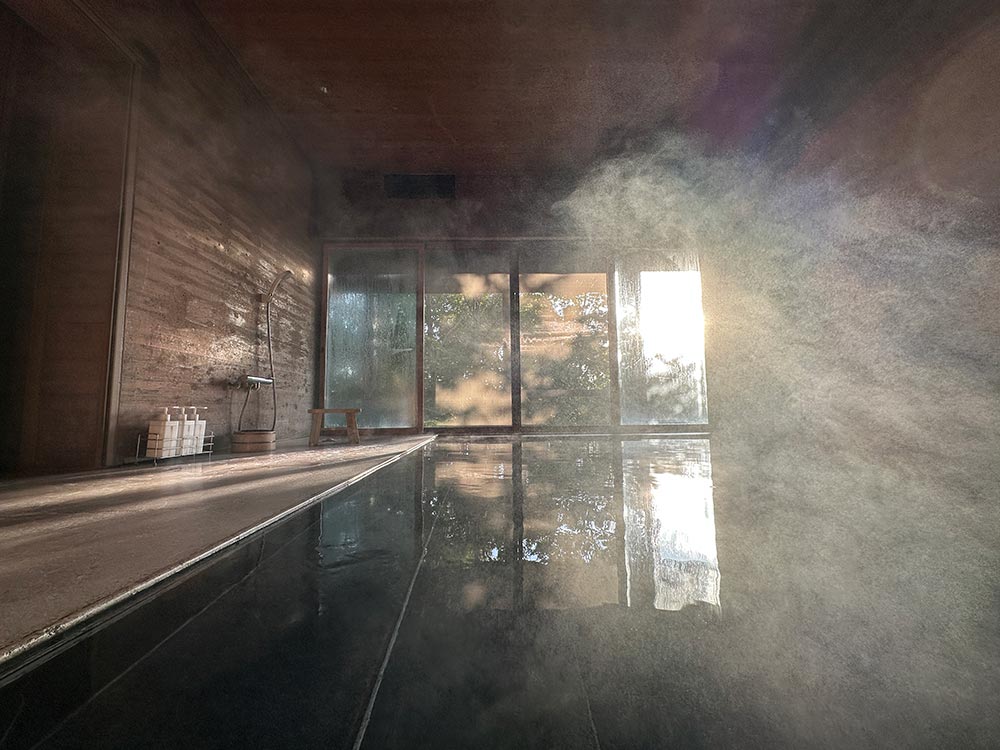
One of the concepts of House of Light is to encourage conversation and small group mingling, which is why there can be more than one person staying in the house on the same night. We were supposed to be sharing with one other person who made a last minute cancellation, so we ended up having the whole house to ourselves that night which was pretty cool.
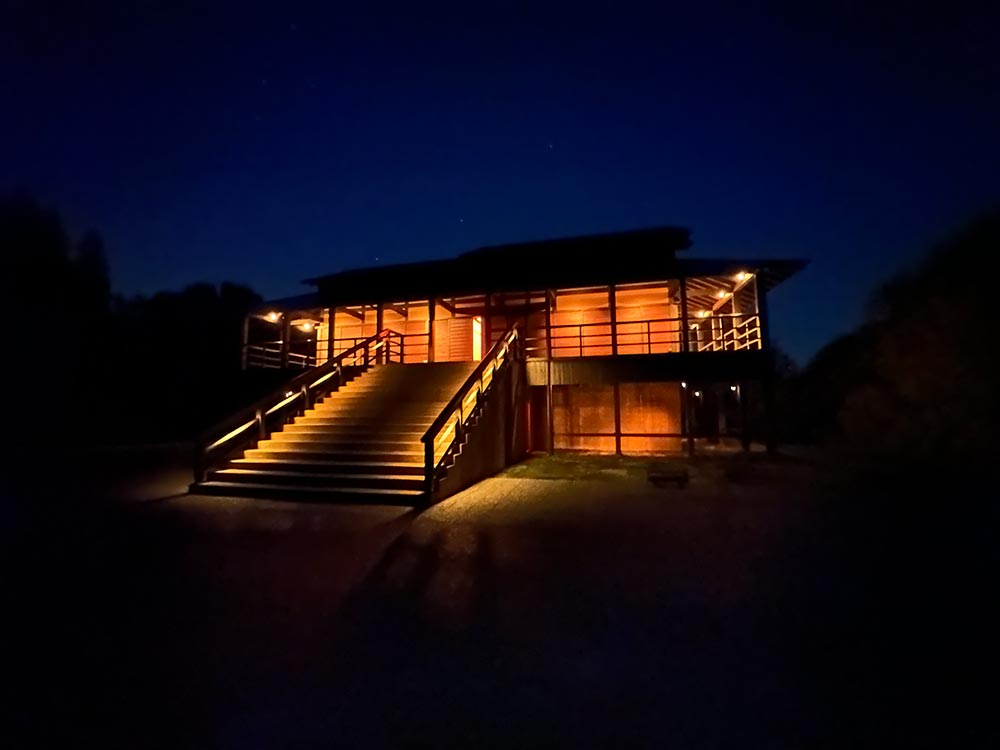
Room with the movable roof
There are 3 tatami rooms that can be slept in, but the most important room in the house is the ‘Outside-In’ room, aka the one with the roof that opens! The staff gave us a very thorough briefing on house to activate the roof – press a button and the roof takes about a minute or so to fully slide open, exposing a square hole where you can watch the sky and is the key feature in the Turrell art installation.
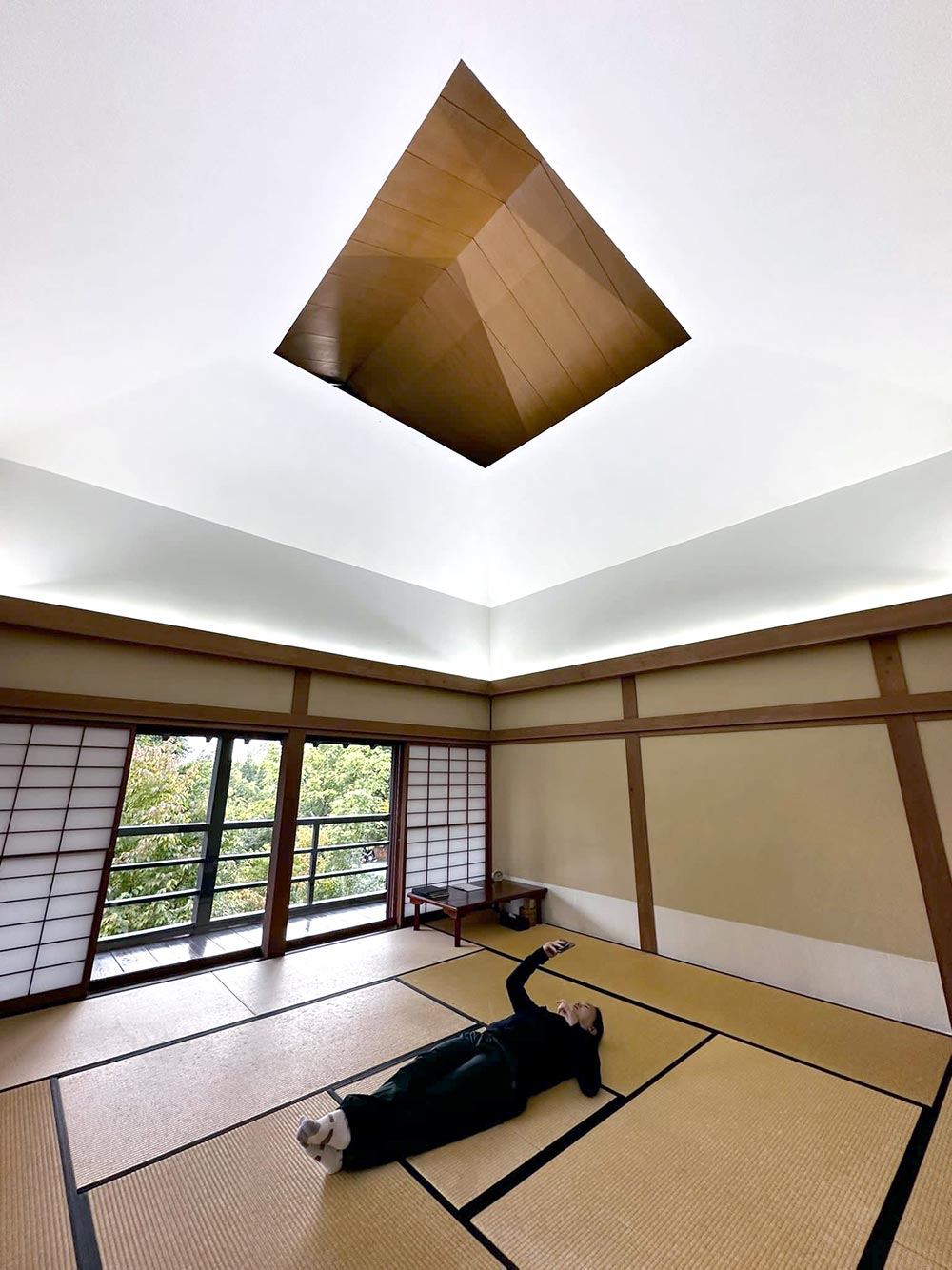
I guess we were lucky no one else shared with us, so we got to sleep and sprawl all over this room.
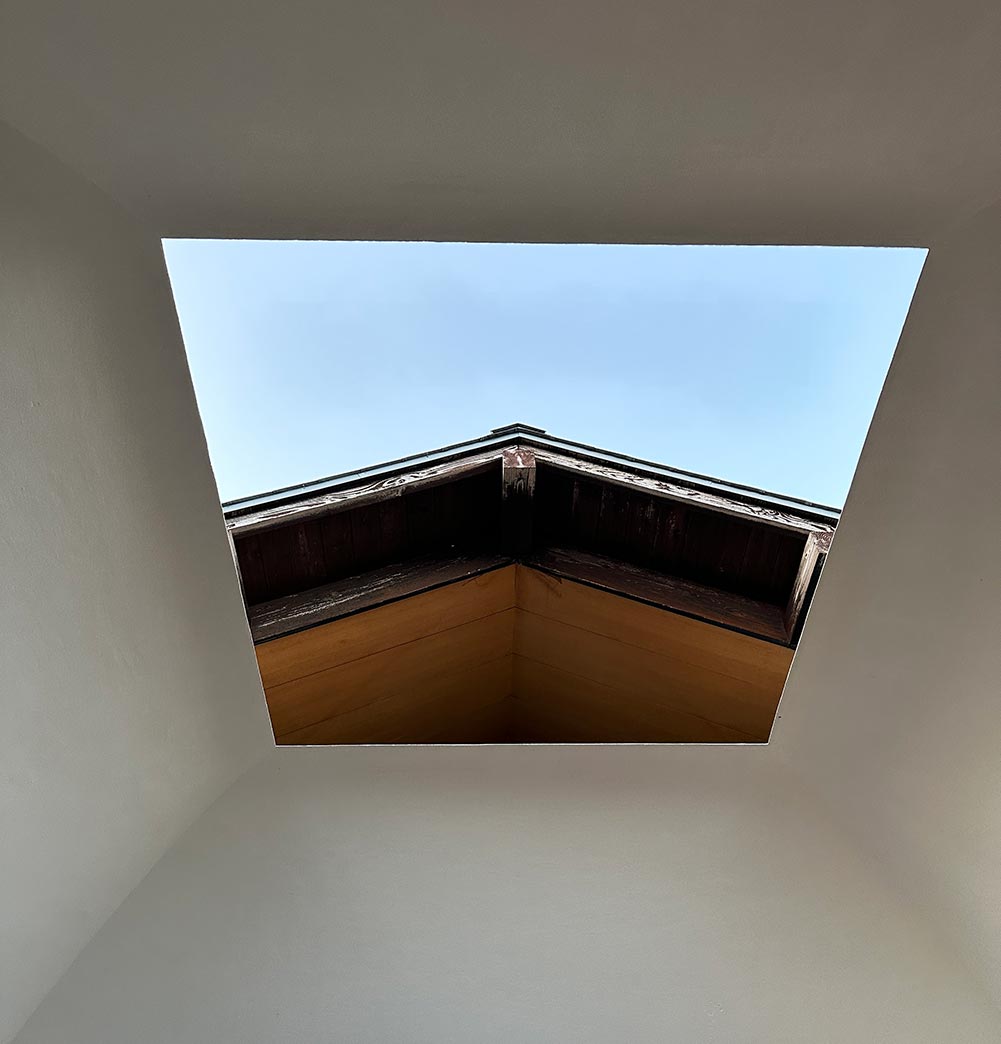
We visited in October when the weather was just cooling down, so we had temperatures around the low 20s that dropped to around the 10s at night. Best of all, no snow or rain which is essential because the entire light show revolves around being able to open the sky roof. You can still enjoy the show somewhat in the event of inclement weather, but it’s definitely a different experience.
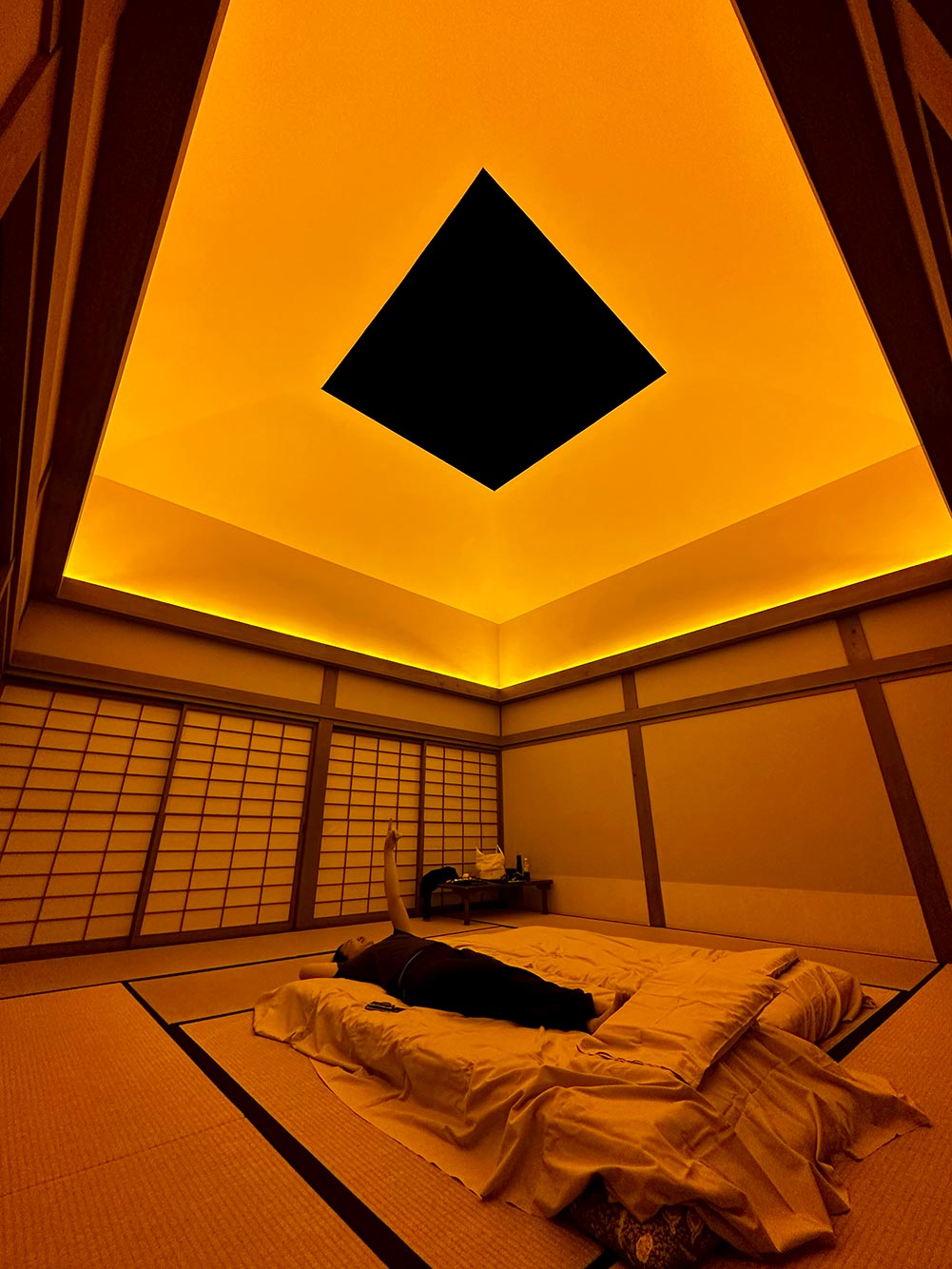
You also get a ton of warnings during the briefing about not leaving the roof open in case sudden snow/rain damages the tatami mats. It was cold enough at night that I really appreciated the heating vents blowing right above the floor and keeping me warm.
Glowing onsen
Another good thing about just us being there was having the entire onsen on the lower level to ourselves and not having to share it with strangers. No need to worry about onsen etiquette or having a rotation!

The onsen bath is pretty simple with windows on one side that open up to the trees around the house. Luckily there’s nothing around the house as there are no curtains or blinds here, though you can open the windows up if you want some fresh air instead, or a nice forest view in the moring.
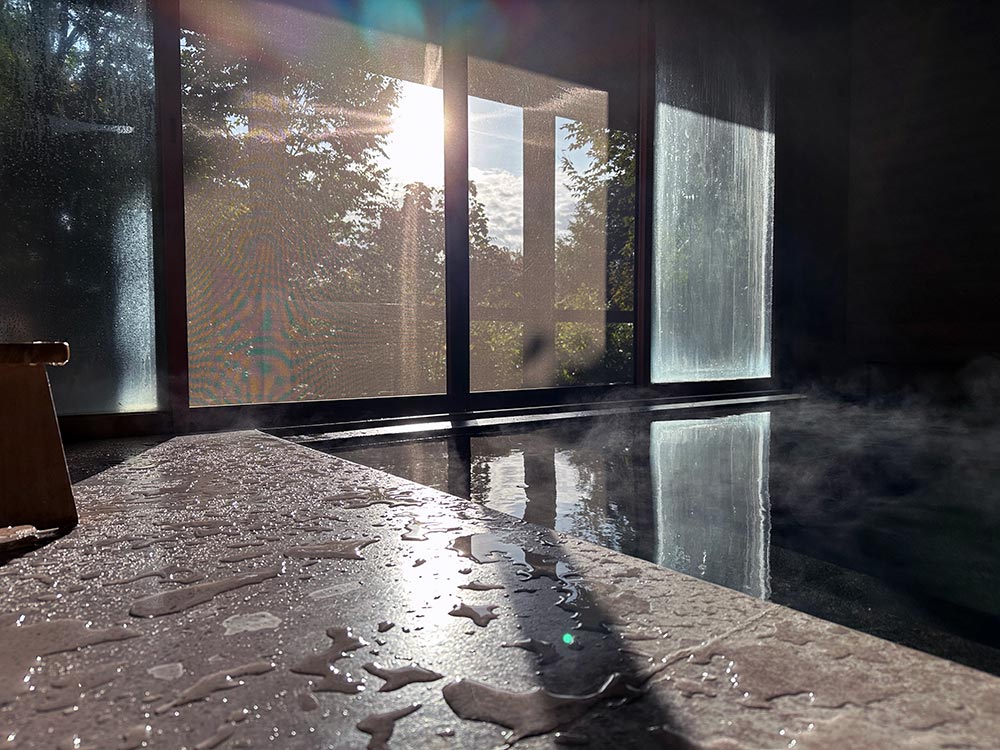
Turrell lined the onsen bath with fiberoptic lights so while it looked pretty nondescript in the day, it glows in a pretty cool way at night. One thing to note is that it seems like Turrell did not install any other lights in the onsen and toilet area so just be prepared that it’s pretty dimly lit all around and you have to shower in the faint light of the fiberoptic lights.

(“How to put on makeup?!” exclaimed a friend when we shared our photos. Luckily I don’t ususally bother, and the house does have some pretty good torches that you can use at night.)

This onsen was great – I normally like a bath at night to unwind before sleeping, but here I also took a morning bath after the sunrise show to fully enjoy the facilities and the forest view.
The artwork (aka the light show)
Spoilers ahead just in case you don’t want to know too many details about what the James Turrell light installation entails! Quite honestly, the pictures can only tell you so much and it’s something you have to see in person to fully appreciate, but skip to the booking section if you rather not be spoiled.
At the briefing check in, we were given a detailed schedule which told us the exact time of sunset and sunrise. At those times, we needed to open the roof and wait for the light show to automatically begin.
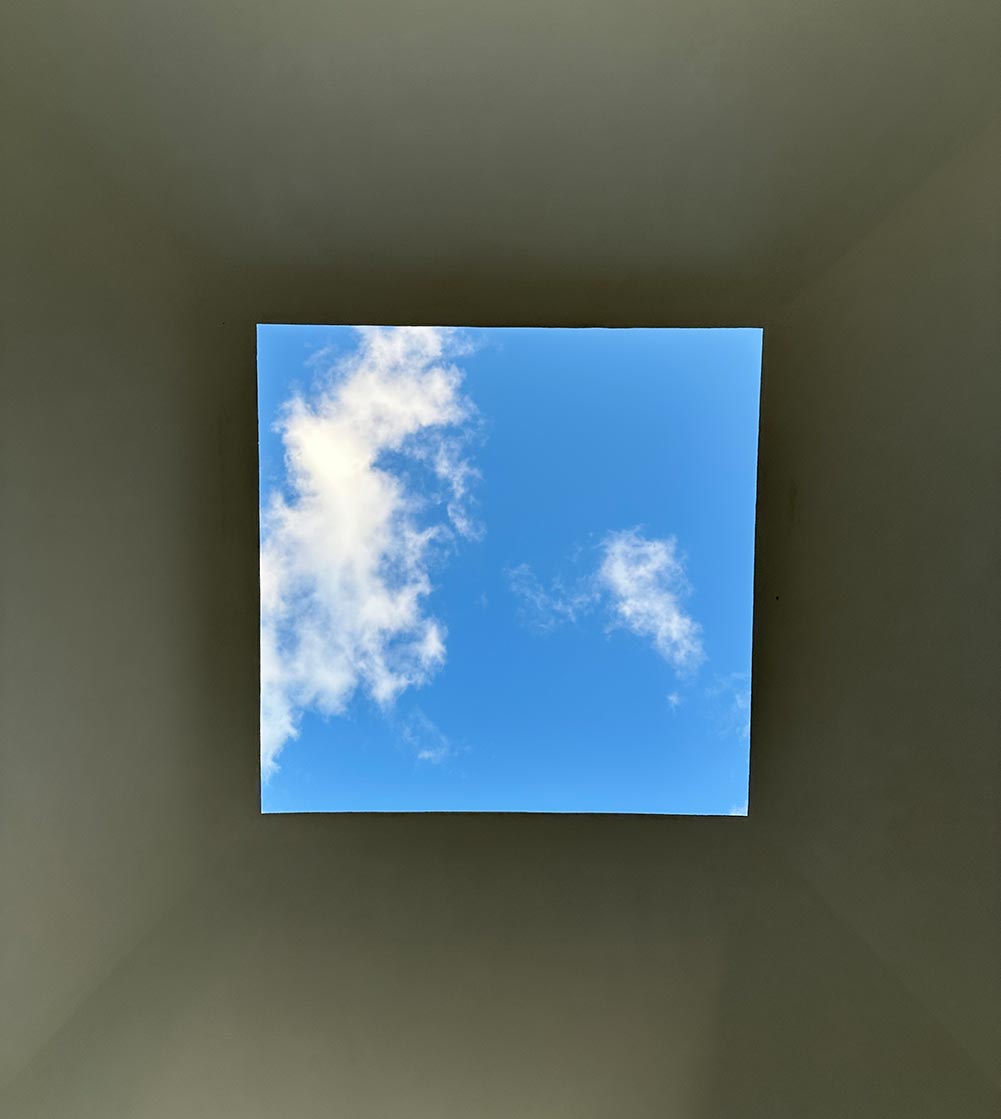
There is no exact signal for when the light show begins, the only sign is that a pink light will start glowing around the hole in the roof a few minutes before the show is meant to begin. The sky was lovely, blue and pretty clear when we opened the roof and lay down to wait for the show to begin. After awhile it looks like a screen projected onto the roof, and it’s hard to believe it’s a real hole even when you can see the clouds blowing by overhead.
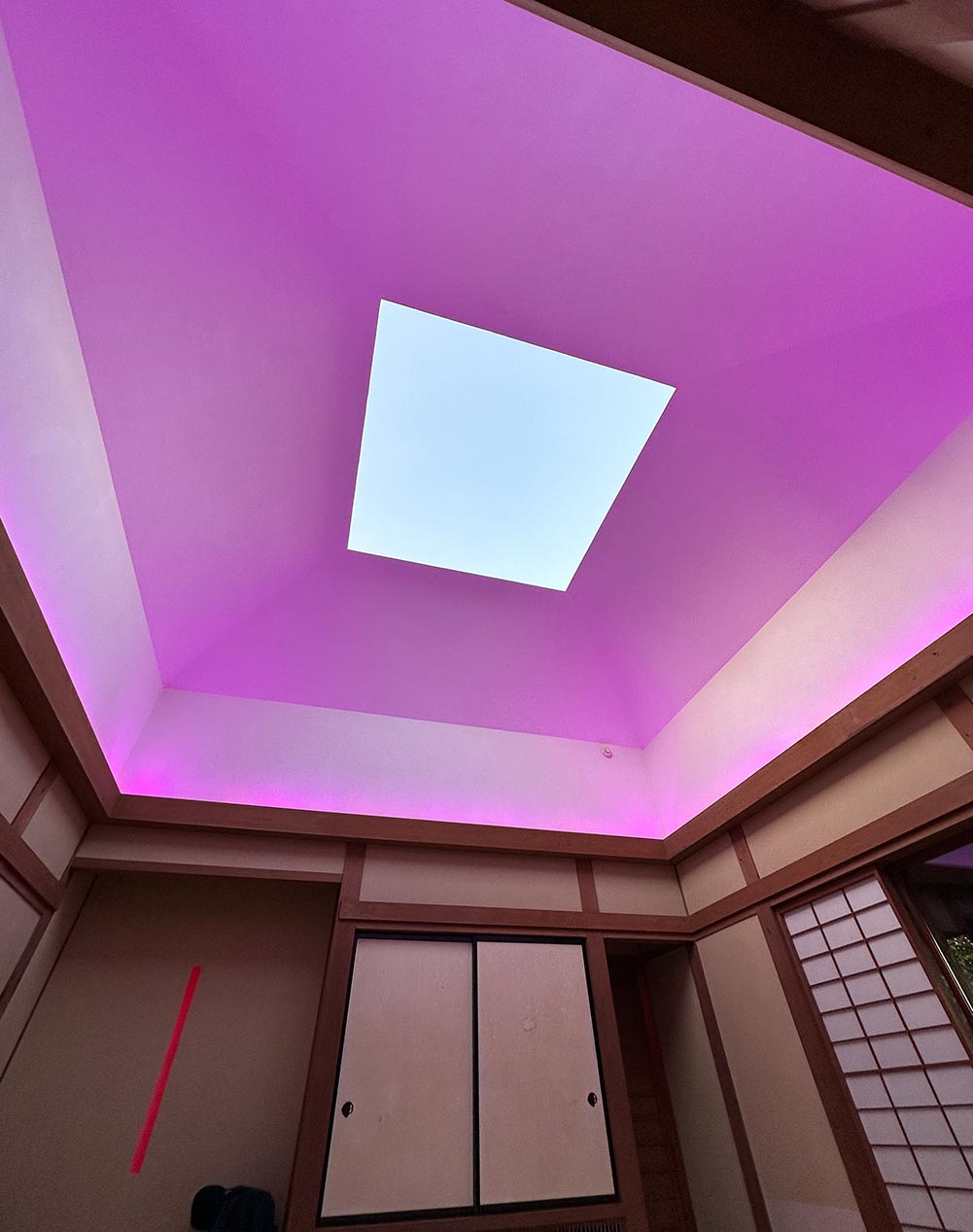
Suddenly you’ll realise that the pink light colour gradually changes into other colours, and as that light changes, the blue of the sky also changes tones accordingly, looking darker or lighter depending on the colour around the hole. If you look at the sky from the side doors instead, you can see that blue looks totally different from what you see through the hole in the roof.
The show goes on for sometime, and it’s strangely mesmerising, if you’re very comfortable on the tatami mat you might just fall asleep. I did film it and do a timelapse, but just know that the colours don’t change as fast as what you see in my videos, it happens more gradually.
The sky colour is also changing as the sun sets, so that combination of natural sky colour changing along with the effect of Turrell’s lights changing makes for a pretty kaleidoscopic time. And then about an hour in, the light just stops changing colour altogether and remains pink, and that’s when you realise the show is over.

There is another show again at sunrise – we woke up somewhat before 5am while it was still dark and cold. I was all wrapped up as the cool air flooded in when we opened the roof. We did consider sleeping with the roof open since the weather was nice but it was actually way too cold for that.
The sunrise show is similar to the sunset show with the pink lights signalling start and and end, except it goes from dark to light instead. Now I definitely snoozed at some point here because I’m not a morning person whatsoever and I was tucked warm and cosy in the comforters beneath the roof hole.

How to book House of Light
Head to the official House of Light website to find out more information about this experience and book your stay.
Make your reservations as early as possible – the system opens bookings about 4 months in advance, and because they only allow up to 3 different groups to stay on one day, bookings can disappear quite fast. I made my October reservation in July!
How much does it cost to stay at House of Light?
The cost for House of Light varies and depends on how many other groups/people are staying with you in that evening, so at the point of booking you might not know the actual cost as this may change as it goes along.
- Cost of facility – dependent on number of groups and the full sum is split accordingly
- Accommodation charge – charged per person
- Linen charge (futon, towels) – charged per person
- Trash charge – charged per person
Initially, we were the only group booked for the night, so the total cost quoted was 41,200 JPY. Later on, another person booked on that same night so the overall facility charge was split between us, and the overall cost was reduced to 26,200 JPY (S$). We were pretty lucky that the other person cancelled late and didn’t turn up so we got to save a little bit of money but still have it all to ourselves!
You will need to pay for the stay in cash to the staff directly when you check in.
Timings to note
Check in and check out time is quite strict as the staff need time to clean up the place which is open to the public for just 3 hours from 1130am-230pm. You have to check in by 4pm – ideally so you have time to be briefed and explore the place a bit before the sunset show, and check out by 10am so the staff have time to pack the house for the public opening.
The staff is contactable by phone in case of emergencies, but after they brief you and finish for the night, they will leave so it’s just you and whoever is in the house left on the hill. I was kinda glad I didn’t do a solo trip because it’s a pretty large house, and while I’m not one to be worried about these things normally, I think I would be pretty nervous being the only person knocking around a large house alone on top of a remote hill!
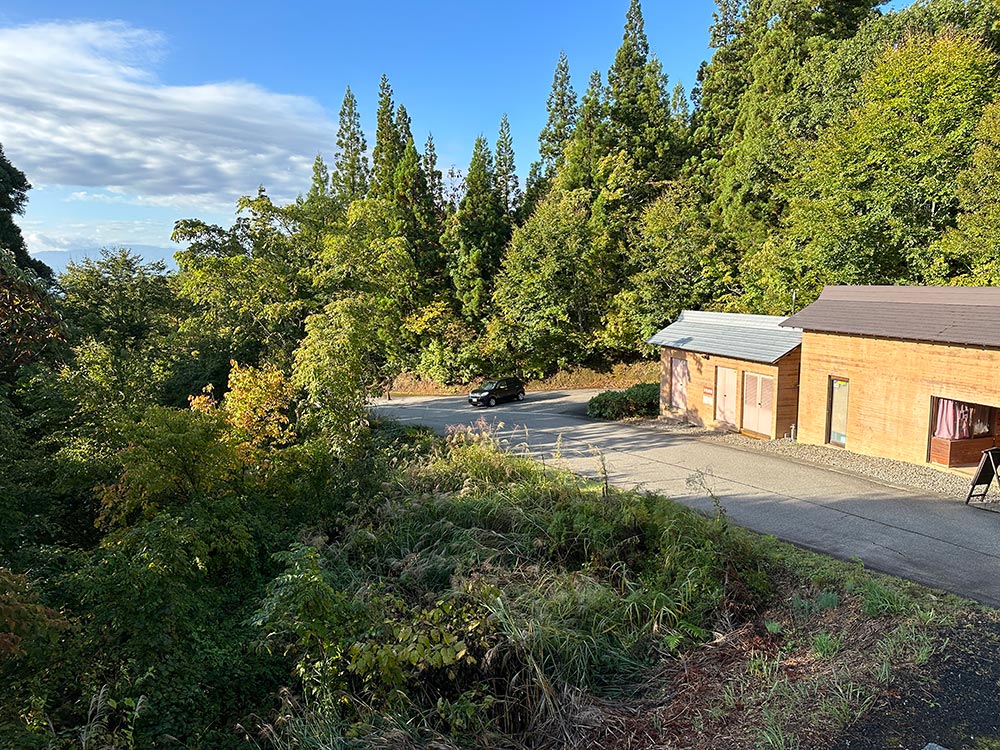
Some final thoughts
All in all, I definitely enjoyed this overnight stay at James Turrell’s House of Light! I would definitely do it again if I had the chance, maybe in a different/warmer season. The staff said that the house is really lovely in the winter when there is a lot of snow – even though you can’t open the roof then, but the snow covered trees and icicles are very picturesque.
I also think that integrating the art into accommodation options is a really interesting way to experience the Echigo Tsumari Art Triennale. This isn’t the only accom option and there were several others I considered as well, like Shedding House in Matsunoyama (sadly not open on the days we were there) with its painstakingly wood carved walls, or Ubusuna House in a traditional thatched minka house. If you’re into really bizarre though, Marina Abramovich’s Dream House where you record your dreams and sleep in a coffin like bed might be ideal (yes, for real).
Have you been are or you planning to visit James Turrell’s House of Light? Share your experience if you have in the comments here! Meanwhile check out my other Japan posts for more.

